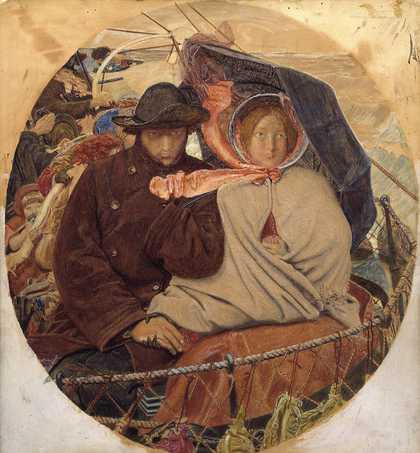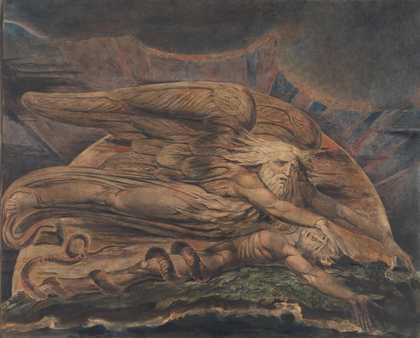May 31–Ongoing
The Met
The Met’s Arts of Africa galleries reopened in May 2025, housed within the reimagined Michael C. Rockefeller Wing. This multiyear renovation has culminated in a stunning new presentation that reintroduces visitors to one of the world’s most comprehensive collections of sub-Saharan African art. Featuring around 500 works for public display, the installation surveys key artistic movements and living traditions from across the expansive African subcontinent. Noteworthy is that a quarter of these pieces are being exhibited at the Museum for the very first time, offering fresh insights and discoveries for both new and returning audiences alike.
The galleries emphasize the vibrant creativity of African artists and the perpetuation of enduring, dynamic historical traditions. Central to this effort is a focus on authorship, illustrated through labels highlighting the biographies and works of about 40 acclaimed master artists, ranging from the late Ọlọ́wẹ̀ of Ìsẹ̀ (circa 1873–1938) from Nigeria’s Efon-Alaaye to contemporary Malian artist Abdoulaye Konaté (born 1953). The exhibited artworks span centuries—from the Middle Ages to contemporary times—and include an impressive variety of media such as wood sculptures, textiles, and photography, demonstrating the vast cultural and material diversity of Africa’s artistic heritage.
Each displayed object represents a fragment of the multifaceted cultural landscapes flourishing south of the Sahara. These include historically significant centers of global trade, the opulent courts of West and Central African monarchs, and transient rainforest settlements. Through exquisite craftsmanship, artists and their workshops translated complex worldviews and cultural narratives into objects that both enriched everyday life and elevated important ceremonies marked by dance and music. Beyond local significance, many of these works found new meaning in the Americas following African population movements from the seventeenth century onward, becoming integral to diasporic cultural expression. In the twentieth century, their bold aesthetics inspired global innovators and artists across multiple disciplines, affirming the ongoing influence and timelessness of African art.
The architectural transformation of the galleries was spearheaded by Kulapat Yantrasast of WHY Architecture in collaboration with Beyer, Blinder, Belle Architects LLP and The Met’s Design Department. The design thoughtfully anchors the collection within regional architectural vernaculars that pay homage to Africa’s distinct cultural landmarks, simultaneously drawing connections to other world traditions, enhancing the visitor’s immersive experience.
This ambitious project benefited from extensive collaboration with a network of national and international experts—historians, novelists, musicians, and scholars located both in the United States and across sub-Saharan Africa—ensuring that the galleries reflect contemporary research and authentic cultural voices. Many of these experts contribute to the gallery’s audio guide, enriching the visitor’s understanding with diverse perspectives.
A hallmark of the installation is the digital initiative conducted in partnership with the World Monuments Fund (WMF). The program introduces audiences to notable cultural landmarks across sub-Saharan Africa, some inaccessible to most visitors due to geographic or political constraints. Through a series of a dozen short films produced with Sosena Solomon, the initiative highlights sites from antiquity to the twentieth century, spotlighting their cultural and historical significance. These films can be accessed via in-gallery prompts or online, offering a comprehensive, multimedia exploration of Africa’s heritage in nations including Ghana, Liberia, Nigeria, Ethiopia, Madagascar, Tanzania, Zimbabwe, South Africa, Benin, Botswana, Uganda, and Togo.
For more detailed information and updates, please visit the official exhibition page: Arts of Africa at The Met.



